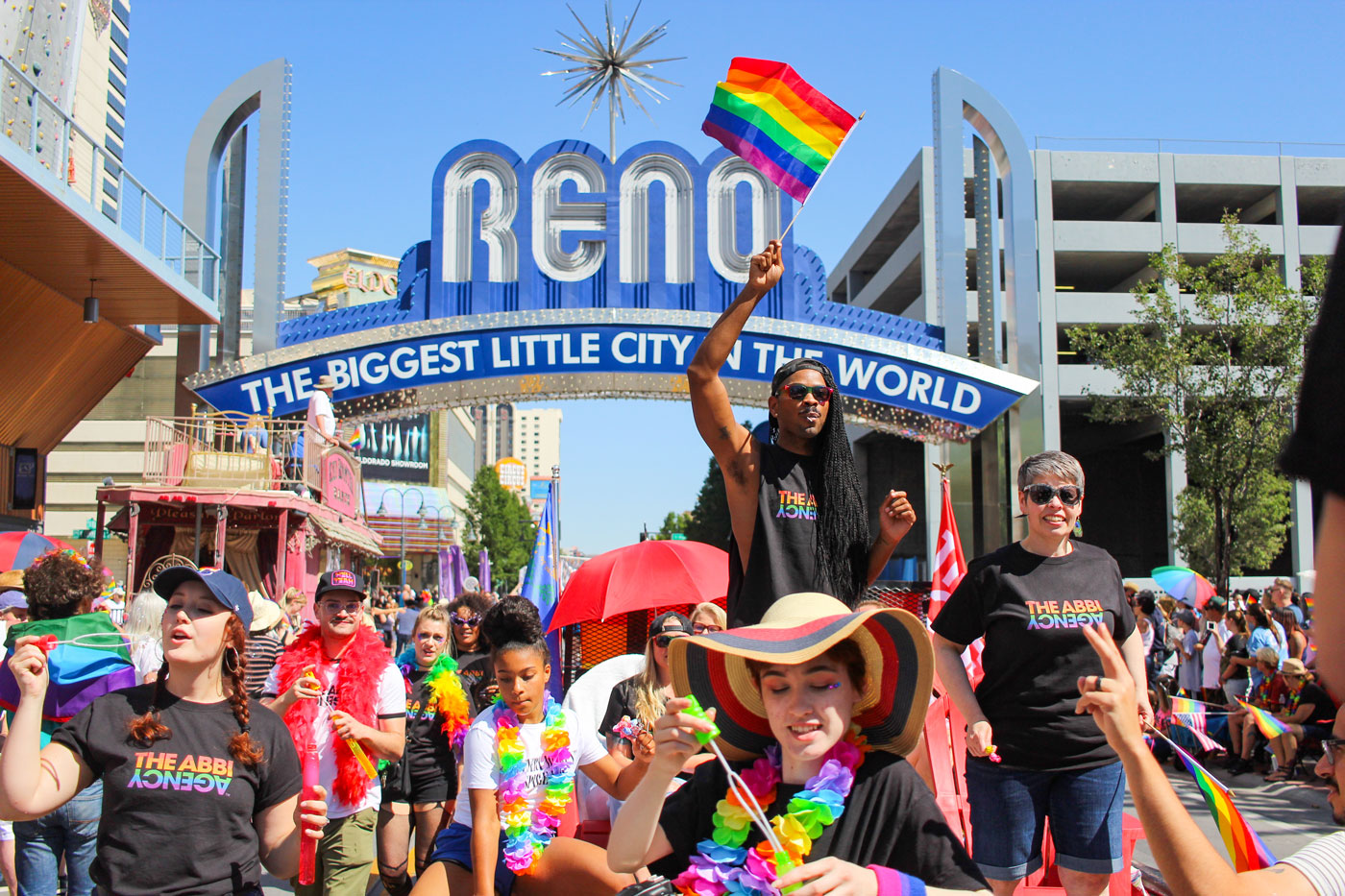3 Key Lessons We’ve Learned from Marketing Nevada’s Workforce Development Initiatives
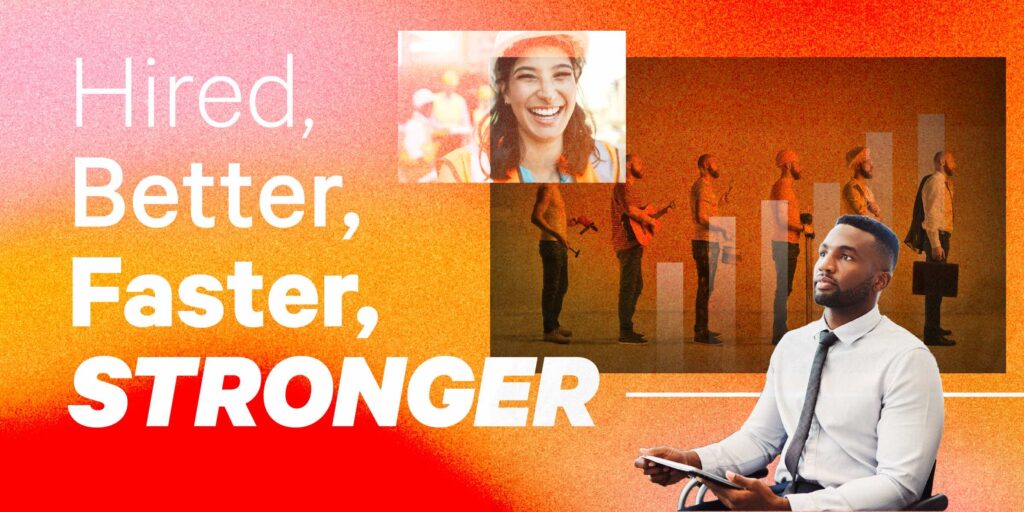
Nevada’s workforce story used to be pretty simple: either mine it, or deal it. For decades, rural areas of the state leaned on mining, while growing urban centers like Las Vegas and Reno doubled down on hospitality and tourism. But economies are a lot like people— they grow, change, evolve, ebb and flow. As people, we know that change can be a little exciting, a little messy and a lot dependent on how we talk about it.
The Abbi Agency (TAA, to our friends) has had a front-row seat to Nevada’s economic evolution. We’ve worked alongside forward-thinking state agencies, passionate educators and fearless leaders of community growth to help all Nevadans see new possibilities in their state, and actually believe in them.
Here are 3 of our top takeaways for building better workforce development and marketing campaigns, backed up by years of boots-on-the-ground experience and hard-won lessons from storytelling around the edges of economic opportunity.
Lesson #1: Real people make better messengers than abstract metrics.
People trust other people. Especially people who sound like them, live like them and have stories that reflect the decisions they’re trying to make. This becomes especially important when the message you’re marketing is “hey, want to change your whole life and career path?” It’s a tall ask, and one that requires a hefty level of trust to be heard.
Therefore, hyperlocal stories and community-centered messaging are key. Leave the sanitized testimonials and data-heavy infographics for your next stakeholder slide deck (and we love a stakeholder slide deck!). Instead, show the real faces, families and outcomes of people who took the leap and came out stronger for it. When job seekers and students can see themselves in someone else’s story, it allows belief to build and turn into true possibility.
Case in Point: LifeWorks
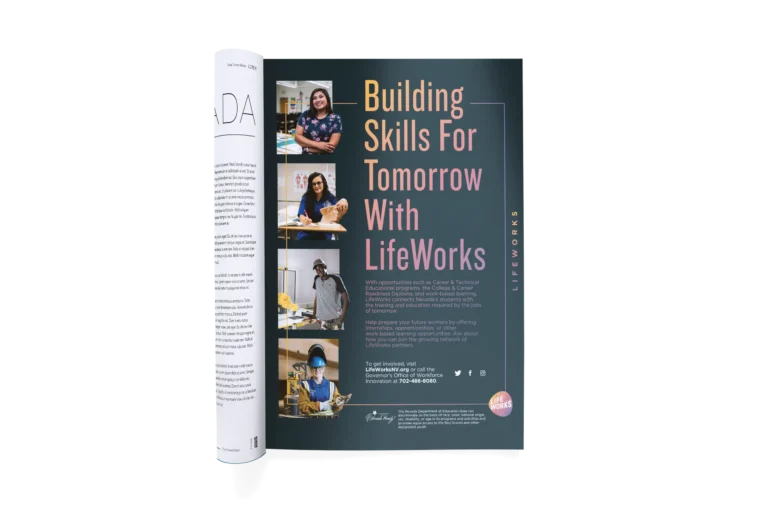
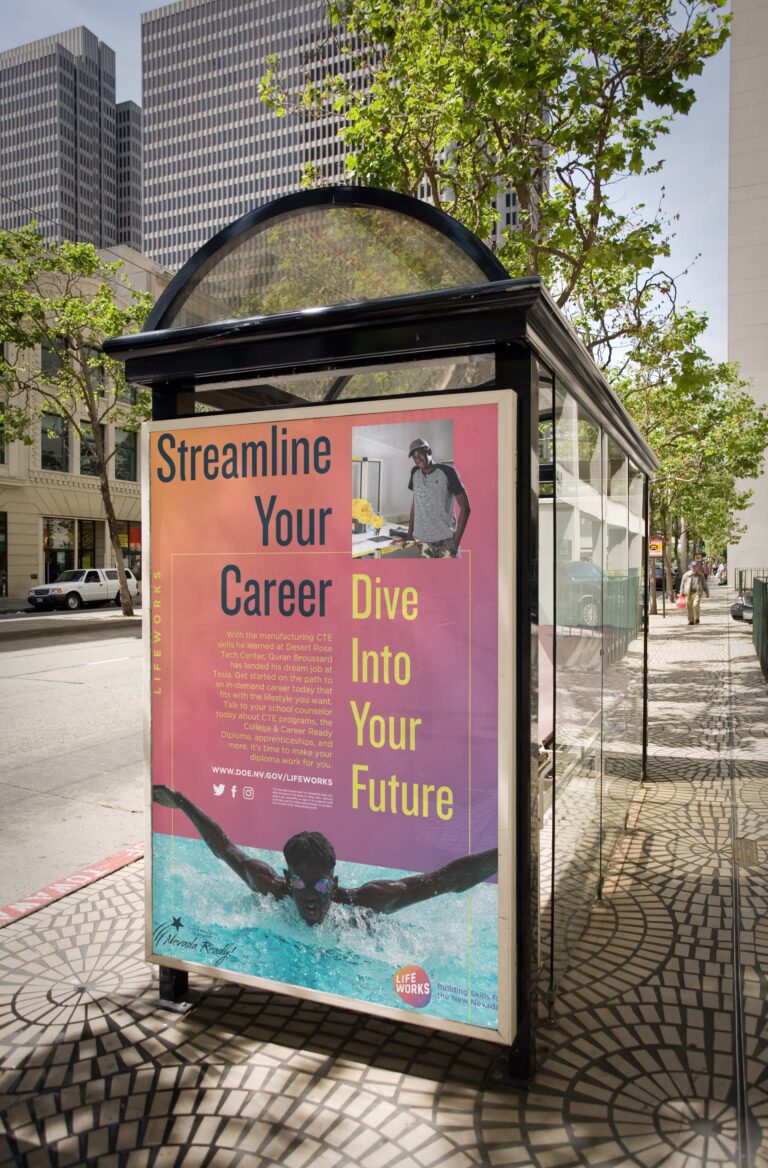
In our LifeWorks campaign with the Nevada Department of Education, we leaned hard into authenticity. Research showed that students were feeling the pressure of a shifting economy, but didn’t quite know how to respond. Some were disengaged, others felt boxed in by the idea that college was the only path forward. So we shifted the narrative. We told real stories of real students who found success through skill-based education and career training, all without burning out or giving up their personal goals.
We brought their stories to life through video, social media, digital and in-school outreach, supported by a mix of PR and paid media to make sure those stories were actually seen by the audiences that needed them most. The campaign earned millions of impressions, 60,000+ video views and 24+ earned media placements. More importantly, it helped students reimagine what a “successful” future could look like.
Lesson #2: If people can’t see the path, they won’t start the journey.
Let’s all take a second to acknowledge that the phrase “economic diversification” sounds really great on paper. It’s shiny, strategic and perfectly mysterious! But for the people it’s meant to serve, it only matters if they can see where they fit in. And for job seekers navigating a rapidly changing labor market, the biggest challenge is often visibility, not motivation. If they can’t see how to get from where they are now to somewhere better, they aren’t going to take the leap.
People need clear pathways forward. That means workforce development initiatives and campaigns that actually take the time to explain what a new career actually is, what kind of training or education is required, how affordable said training is and, perhaps most critically, whether it’s worth it. Pro tip: ambiguity is the enemy of action.
It also means showing empathy, acknowledging that career shifts aren’t always linear. The path to better things is often lined with setbacks, pivots and detours; when people see that their challenges are expected (and a natural part of the roadmap), they can focus on progress, not perfection.
Case in Point: JobX
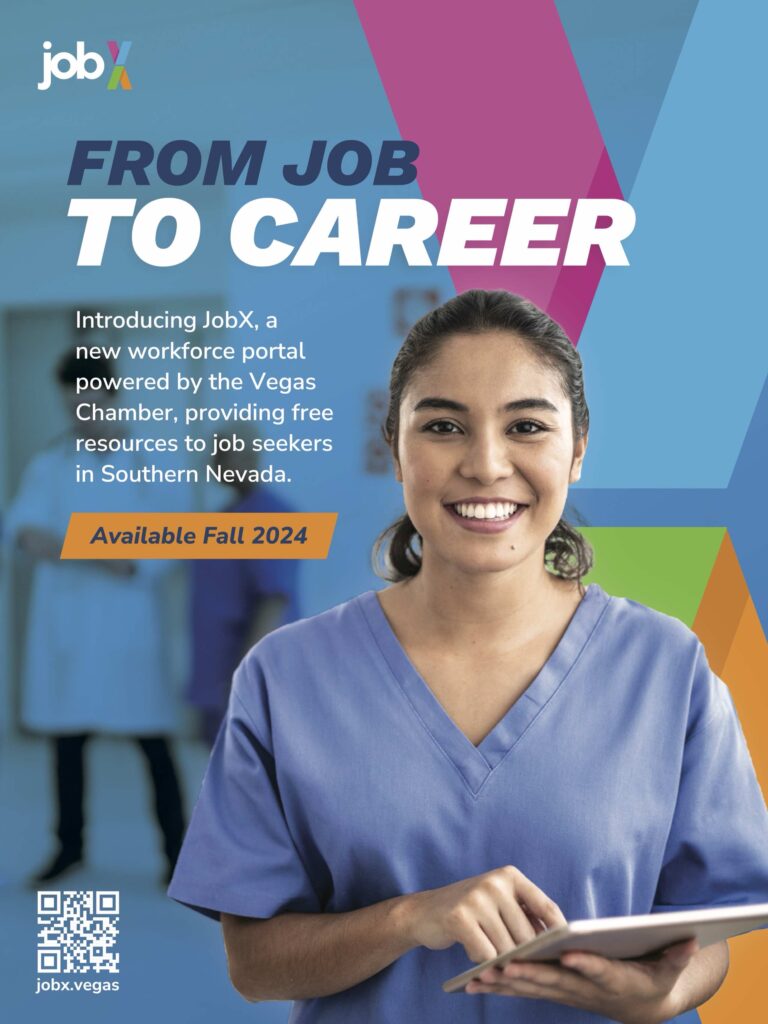

When TAA partnered with the Vegas Chamber to launch JobX, our mission was simple: help job seekers in Clark County see open roles and clear pathways for in demand professions in the region. We started with workforce data and audience research to pinpoint the brand and messaging that would resonate most, then built out the platform and campaign from the ground up. The result? A powerful site with career profiles, salary insights, educational resources and a personalized quiz to connect people with in-demand industries.
The launch campaign spanned PR, broadcast, digital and social, driving nearly 3 million impressions, 20K+ clicks and a 92% career quiz completion rate in just two months. We learned the valuable lesson that people are much more likely to take the first step when the road ahead already feels visible, approachable and worth traveling.
Lesson #3: You can’t market what you don’t understand.
In the world of workforce development (where every campaign is trying to distill complex systems, funding structures, training programs and certifications, often into a single call to action), understanding is everything.
To craft messaging that actually lands, we have to dig deeper into the details: what motivates this audience? What’s standing in their way? What kind of language do they use when talking about their work, their future, their fears? The further you dig into these questions, the more you realize that they can’t be answered by sitting behind a desk. It takes work: talking to real people, listening when they speak and translating it into plain language that feels simultaneously accurate and inviting. A little jargon might be unavoidable, but never lead with it. When the subject is complicated, clarity can be the difference between a message that’s ignored and one that inspires action.
Case in Point: Project SANDI
With Project SANDI, we partnered with Nevada’s Office of Workforce Innovation to promote rapid credentialing programs for workers in career transition. Our research showed that the audience was looking for higher wages, but also for transformation. Specifically, many parents wanted to set an example for their kids to show that it’s never too late to pursue a better life.
So we met them there. We created the Superhero campaign, built around the idea of career transformation through the eyes of a child. It was bold, emotional and personal— and best of all, it worked. Within two months, the campaign saw more than 25,000 landing page views, a 10%+ click-through rate and a projected 3x increase in student participation. And that’s the power of asking “why.”
Wrapping Up
Nevada’s economy is forever evolving, as are the stories we need to tell as marketers. At TAA, we’re proud to help shape the stories of our state’s future. Whether you’re in workforce development, education or just interested in helping your community grow, we believe in the power of smart marketing that sparks real change.
Looking for more Nevada-based marketing insights? We’ve got you covered! Click here to sign up for our newsletter, and get stories like this one delivered straight to your inbox.



